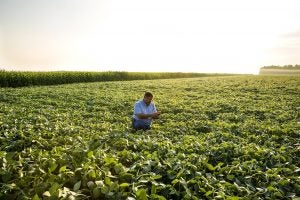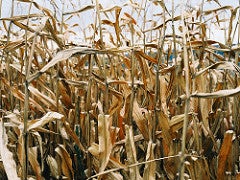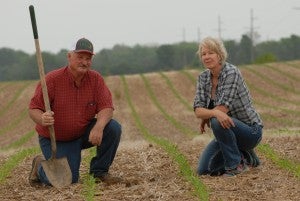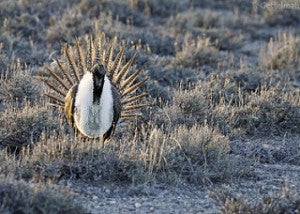The House Agriculture Committee meets today to begin markup on the 2018 draft farm bill. While markup is only the first step of a long process, it will tell us a lot about the road ahead.
The farm bill provides the largest source of federal funding for conservation on private lands – and with 70 percent of U.S. land privately managed, the farm bill is a major driver of efforts to improve water and air quality, increase wildlife habitat and build drought resilience.
While much of the focus will be on whether the Conservation Stewardship Program will be folded into the Environmental Quality Incentives Program (EQIP), here are six additional conservation items to keep an eye on during markup. Read More












 Today represents a huge advancement for sustainable agriculture, and a new era of food company collaboration. At the Farm Progress Show in Boone, Iowa, we are officially launching
Today represents a huge advancement for sustainable agriculture, and a new era of food company collaboration. At the Farm Progress Show in Boone, Iowa, we are officially launching 
